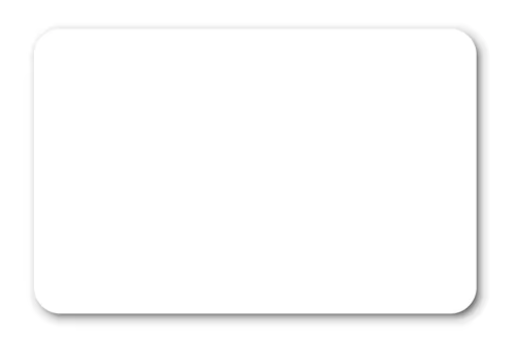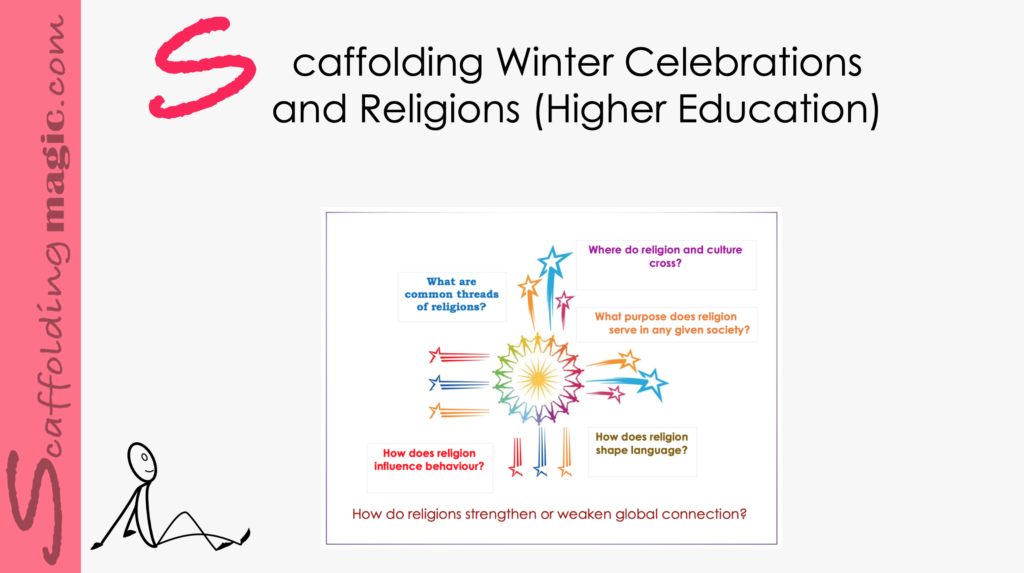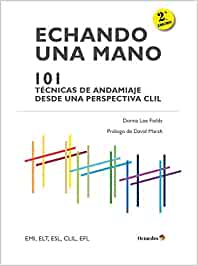Download PDF of scaffold here.
theory behind scaffold…
During the winter breaks – December to early January -multicultural celebrations are enjoyed around the globe. Not surprisingly, International Religion Day is on the 3rd Sunday of every January. Before we begin the break or as soon as we come back, we can marry the two by delving into the commonalities of what affects the world in such a meaningful way.
…………………………………. spread awareness and knowledge of the thousands of religions practiced all over the world, and so create tolerance and understanding between people of all faiths.
This scaffold helps educators to address the focus of the day. It encourages students to ……………………………
……………………………………………….. However, religion is only one of many sensitive subject areas: war, animal rights, euthanasia, stem cell research being among the many others. If we don’t give our students the opportunity to consider these topics through structured critical thinking strategies, t………………………………………….
step by step…
- Students use the template to consider, negotiate, and answer the following questions:
- What are common threads of religions?
- What purpose does religion serve in any given society?
- How much does religion shape language?
- How much does religion influence behaviour?
- If you could choose one word to represent your religion, what would it be?

- In groups, students choose 5 religions from the list at the site: and its sister page: Big Religion Chart. Using a Venn Diagram or any other type of graphic organiser to show the similarities and differences between them.

How would the world be different – economically, socially and politically. if world leaders acted more compassionately towards all religious groups, and regarded gender in a non-binary, egalitarian light?
- Students need to give a theoretical example of how at least one country would be changed if led by the axiom above.
- Formative Assessment: ……………….
find more scaffolds here…


Scaffoldingmagic.com is your entryway into DYNAMIC bilingual learning methodologies, such as Phenomenon-Based Learning, CLIL, EMI, and ESL. You’ll find ways to implement critical thinking tools (DOK) to promote higher level thinking, the growth mindset, instill an ethic of excellence, deep reflection on learning, and all through multi-cultural, interdisciplinary activities. We have the keys to turning competences into action and to creating collective efficacy in your school so you move ahead as a unified, enthusiastic team.




